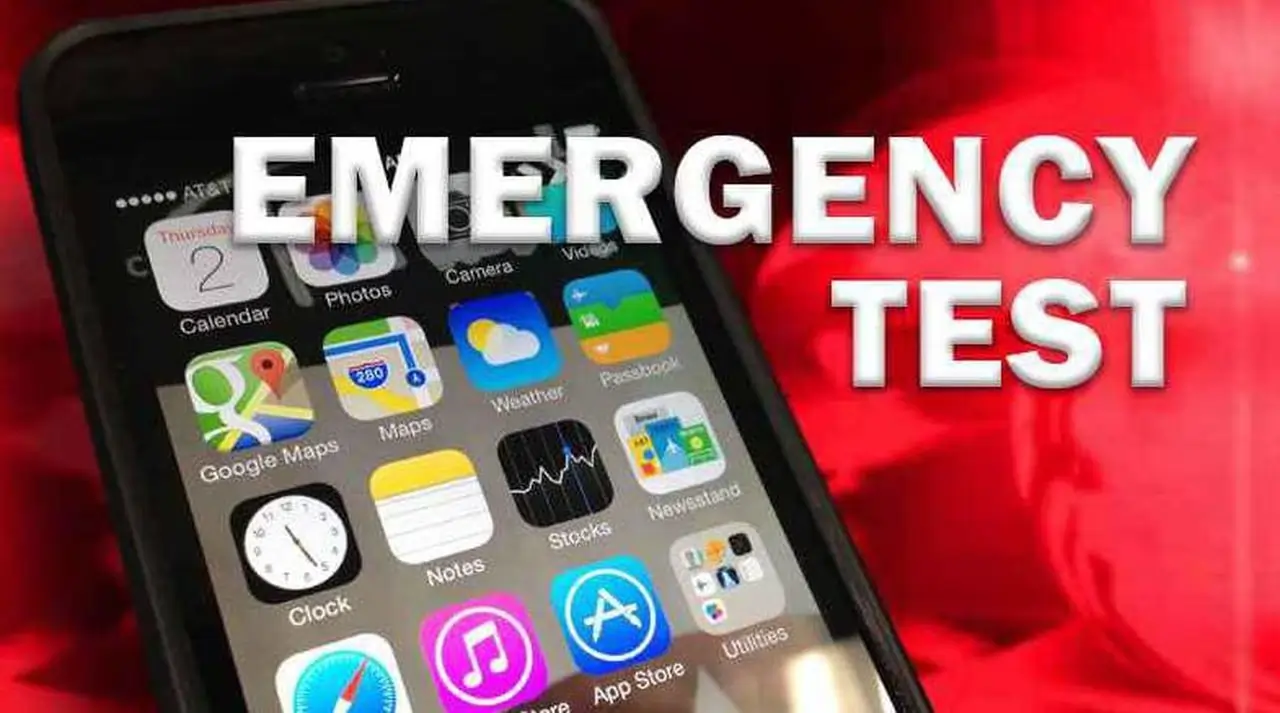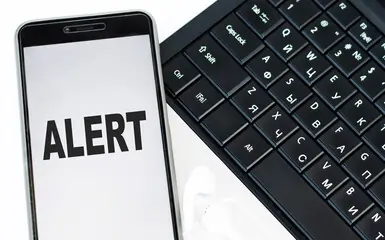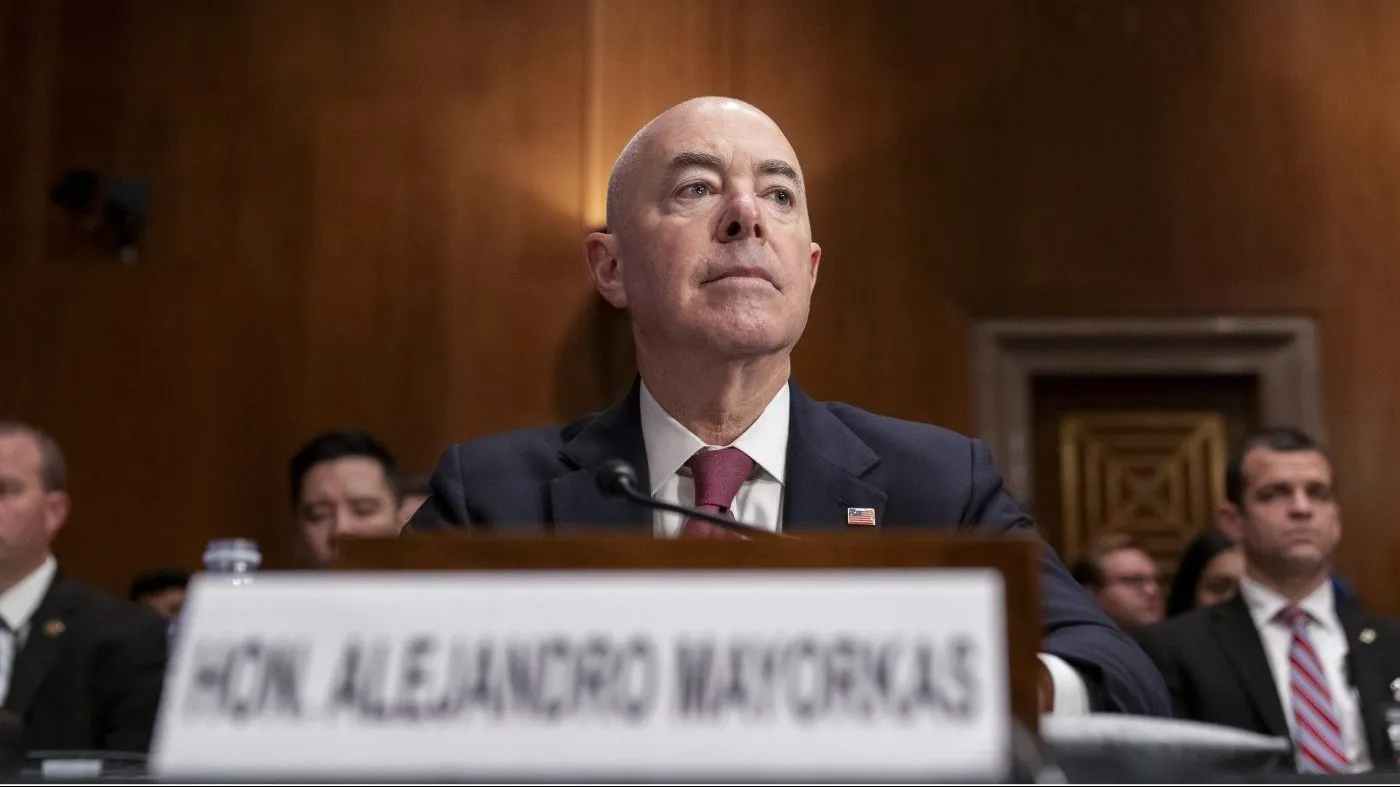Get ready for an important nationwide emergency alert test that ensures your safety in emergencies! On October 4, FEMA (Federal Emergency Management Agency), in partnership with the FCC (Federal Communications Commission), will conduct a comprehensive test of the Emergency Alert System (EAS) and Wireless Emergency Alerts (WEA). This friendly and informative article will provide you with all the details you need to know about this upcoming test.
When and What to Expect from Nationwide Emergency Alert Test:
The national test will take place on Wednesday, October 4, at approximately 2:20 p.m. ET. It will consist of two parts, testing both WEA and EAS capabilities.
- Wireless Emergency Alerts (WEA):
- This part of the test will be directed to consumer cell phones.
- It’s the third nationwide test and the second test for all WEA-compatible cellular devices.
- The test message will appear in either English or Spanish, depending on your phone’s language settings.
- Emergency Alert System (EAS):
- The EAS segment will be transmitted to both radios and televisions.
- This marks the seventh nationwide EAS test.
Purpose of the Test: The primary purpose of this Nationwide Emergency Alert is to ensure that these alert systems remain effective in warning the public about emergencies, especially at the national level. It’s all about keeping you safe!
Backup Testing Date: In the event that the October 4 test is postponed due to severe weather or other significant events, the backup testing date is October 11.
How the WEA Test Works: The WEA portion of the Nationwide Emergency Alert will be initiated through FEMA’s Integrated Public Alert and Warning System (IPAWS), an internet-based system that allows authorities to send authenticated emergency messages to the public via multiple communication networks. A code will be sent to cell phones to initiate the WEA test.
What’s the Content of the Emergency Alert Test Message?
The emergency alert test message will state: “This is a nationwide test of the Emergency Alert System, issued by the Federal Emergency Management Agency, covering the United States from 14:20 to 14:50 hours Eastern Time. This is only a test. No action is required by the public.”
What to Expect During the WEA Test:
- Commencing at around 2:20 p.m. Eastern Time, cell towers will transmit the test signal for approximately 30 minutes.
- If you have a WEA-compatible wireless phone switched on and are within range of an active cell tower in an area where your wireless provider participates in WEA, your phone should receive the test message.
- The message on your phone will read: “THIS IS A TEST of the National Wireless Emergency Alert System. No action is needed.”
- If your phone’s main menu is set to Spanish, it will display: “ESTA ES UNA PRUEBA del Sistema Nacional de Alerta de Emergencia. No se necesita acción.”
- Similar to Amber Alerts, the WEA alert tone typically plays only when the alert is initially received and may stop when you interact with your phone.
Important Information About the EAS Test:
1 .The EAS segment of the test is planned for approximately one minute.
2 .It will involve radio and television broadcasters, cable systems, satellite radio and television providers, and wireline video providers.
3 .The test message will be similar to regular monthly EAS test messages, stating: “This is a nationwide test of the Emergency Alert System, authorized by the Federal Emergency Management Agency, encompassing the United States from 14:20 to 14:50 hours Eastern Time. This is merely a test, and no action is necessary on the part of the public.”
Note to Broadcast Outlets: Please remember not to include the tones or Attention Signals in broadcast TV or radio coverage of the Nationwide Emergency Alert Test on October 4, 2023. Violating federal regulations in this regard could result in unintended consequences.
Conclusion:
Stay informed and stay safe! Mark your calendar for October 4, 2023, and be prepared for the nationwide test of the Emergency Alert System and Wireless Emergency Alerts. This test is a crucial step in ensuring your safety during emergencies, so make sure your phone is ready to receive the test message. Your safety is our priority!
Thank you so much for reading. Please subscribe our website to be updated with latest news feeds.!
Frequently Asked Question (FAQ)
Why is the test being conducted on a Wednesday at 2:20 PM ET?
The test is being conducted on a Wednesday at 2:20 PM ET because this is a time when most people are likely to be available to receive the message. This is also a time when most people are likely to be using their cell phones and watching TV or listening to the radio.
Will the test affect my cell phone service?
The test should not affect your cell phone service. However, it is possible that you may experience a brief delay in receiving text messages or making calls during the test.
What languages will the test message be sent in?
The test message will be sent in English and Spanish.
What should I do if I don't receive the test message?
If you don't receive the test message, you can try the following:
- Make sure that your cell phone is turned on and has fresh batteries.
- Make sure that you are in an area with good cell phone coverage.
- Try restarting your cell phone.
- If you are still not receiving the test message, contact your cell phone carrier.
How can I learn more about the test?
You can learn more about the test on the FEMA website and the FCC website. You can also contact your local emergency management office for more information.





